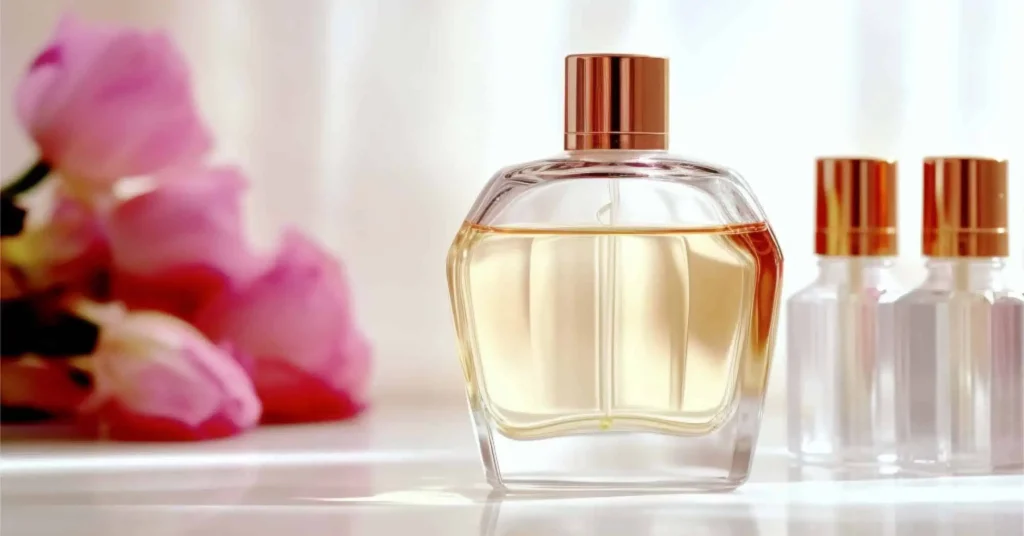Discover the Joy of Personalized Scents with Homemade Perfume
Creating homemade perfume is an enjoyable and rewarding experience that allows you to personalize your fragrance and express your individuality. The art of crafting your own scent is not only about blending different essential oils and ingredients but also about discovering what resonates with you. Each person’s preferences and skin chemistry are unique, and making your own perfume gives you the freedom to design a fragrance that perfectly matches your personality, mood, and even the seasons. The process of creating homemade perfume begins with understanding the basic structure of a fragrance. Perfumes are typically composed of three layers: top notes, middle notes, and base notes. Top notes are the initial scents you smell when you first apply the perfume, and they are usually light and refreshing, such as citrus or herbs. Middle notes, also known as heart notes, become more apparent once the top notes dissipate and form the body of the fragrance.

These can include floral or spicy aromas. Finally, base notes provide the foundation of the perfume and tend to be deep, lingering scents like musk, vanilla, or sandalwood. To begin your perfume-making journey, gather essential oils or fragrance oils that appeal to you. Many people choose essential oils for their therapeutic properties and natural qualities, while others prefer fragrance oils for their more complex and longer-lasting scents to make your own perfume scent. Common essential oils used in perfume making include lavender, rose, jasmine, cedarwood, and bergamot, among others. You can experiment with different combinations and ratios to discover a unique blend that is all your own. Once you have selected your oils, you will need a carrier liquid to dilute the essential oils and ensure they are safe for skin application. Common carrier liquids include alcohol, jojoba oil, and fractionated coconut oil. Alcohol is the most popular base for perfumes as it allows the scent to be more intense and longer-lasting, while oils create a smoother, more subtle fragrance.
Choose your base based on the strength of the scent you want and your preferred application method, whether that is a spray or a roll-on bottle. The blending process requires patience and creativity. Start by combining your top, middle, and base notes in small amounts, keeping track of the quantities and ratios you use. Allow the mixture to settle for at least 24 hours, as the oils need time to meld together. Over time, the fragrance will evolve and develop into a well-balanced perfume. If you are happy with the result, strain the perfume to remove any solid particles and transfer it to a clean glass bottle for storage. Let it age for a few weeks to allow the fragrance to fully mature. Not only is making your own perfume a fun and creative project, but it also opens up endless possibilities for customizing your signature scent. You can experiment with floral, woody, citrus, or even exotic scents and create a perfume that reflects your personal style. Homemade perfume also makes a thoughtful and personalized gift for friends and loved ones. With a little practice and exploration, you can create a fragrance that is truly unique and all your own.